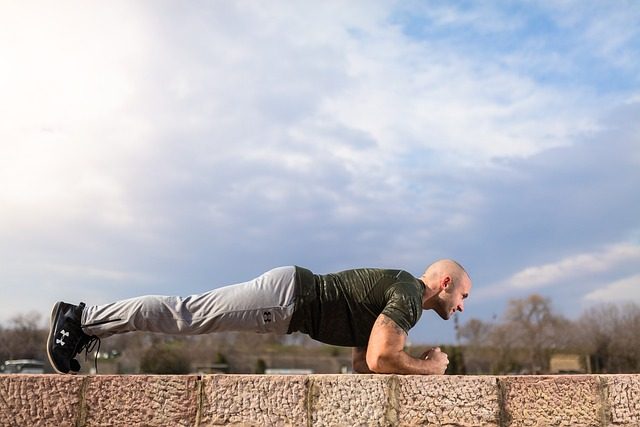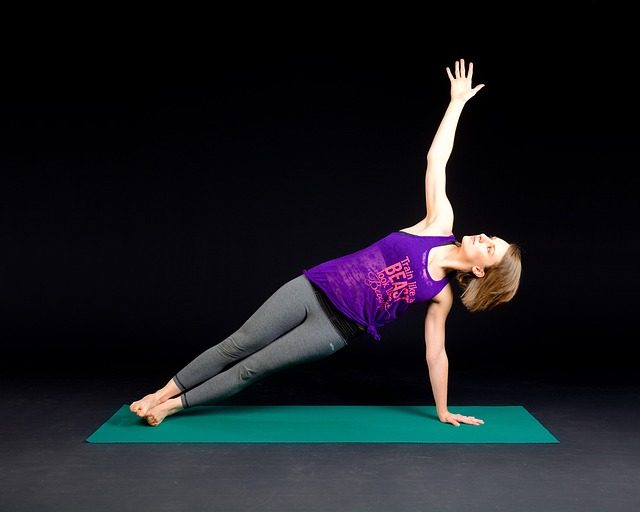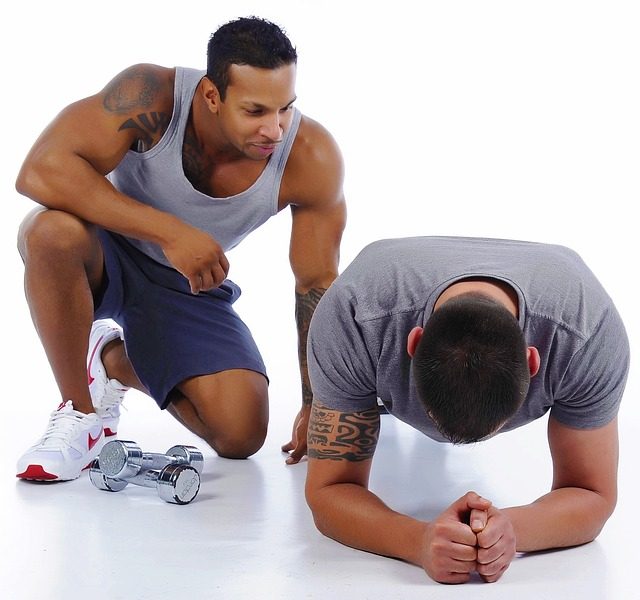Core Stability – Why is important and how to take care of it.
I would like to introduce You today how important it is to exercise deep muscles, in other words “core“. Core stability are exercises that can remind us of PE lessons. Regular performance of them 2-3 times
a week will improve the overall stability of the body.
What is important? Correct exercise technique, adjusting the possibilities to your intentions and avoiding longer breaks between workouts.

Why is important to do it? Is it worth investing this time on it? There is several reasons, I will present a few of them:
1. Stronger trunk muscles mean fewer injuries. If we have a strong foundation, our body can take on more. Numerous studies show how ordinary people and athletes had far fewer injuries exercising than those who don’t.
2. Regular exercise helps us maintain proper posture, which can reduce back problems.
3. During training, we improve the stabilization and balance of our body.
4. Systematic work can allow us to strengthen the abdominal muscles, the stronger the more visible, but we must not forget that adipose tissue is also important here.
There are quite a lot of advantages, 10-20 minutes of time and the perks do not reflect this!
Core stability disorders:
Disorders of these muscles can cause back pain, separation of the rectus abdominal muscles as well as weakness of the pelvic floor muscles. What can this in turn contribute to in some cases? Organ drooping, hernia and even urinary incontinence. In people who already have back pain, they activate longer, i.e. they are disturbed than in a healthy person, where activation occurs in a fraction of a second. Sometimes a second is enough for misfortune to happen. Scientific research shows that central stabilization training has a positive effect on the subjective feeling of pain in patients suffering from lumbar spine ailments, improves its mobility, and also increases functional efficiency in people with discopathy.
These muscles include:
- Diaphragm,
- Polygeminal muscle
- Transverse abdominal
muscle - Pelvic floor muscle
They are activated during the activity of arms, legs and walking, running and any activity performed. The more traffic, the more we can activate them. Similarly, a person who leads a sedentary lifestyle uses them much less and working at the computer or sitting forces the correct posture, because they are in a large group that needs help when it comes to the back.
Virtually every movement activates them, which is why it is so important to stimulate them so that they are strong and in case of emergency, “protect us”
Their most important function is stabilization.
1. Maintaining the correct axis of the body during exercise.
2. Simultaneous activation of all deep muscles.
3. Activation of diaphragmatic path breathing.
4. Control of global muscle tone.
5. React as quickly as possible when compensatory reactions occur.
6. Avoiding apnea!
Core stability exercises.
Exercises require you to maintain a given position for a certain period of time. It is not easy at first, but practice makes perfect. Along with stronger muscles, we can afford to extend the time and level of difficulty.
Do the exercises as described, do not hurry, practice calmly and thoroughly. The basis of any exercise is to maintain a straight figure by tensioning the muscles of the back and abdomen.

Example exercises:
- Learning diaphragmatic breathing.
We inhale with the nose and see if the hand rises on the chest or on the diaphragm – we breathe properly with the diaphragm when we see the movement of the hand on the upper abdomen, not on the chest. It should be remembered not to tighten the abdominal muscles, we have to work with the diaphragm, not the muscles. We do 30 inhalations and exhalations.
2. Activation of the transverse abdominal muscle.
In order to activate this muscle you should stand straight in front of the mirror and consciously pull in the abdomen (pull the navel to the spine). In addition, it should be remembered that the tension covers the entire abdomen, and not just part of it. Do not hold your breath. As a result, you will be able to feel tension, m.in. above the anterior upper iliac spines.
3. Plank.
We make supports on the forearms, breathing diaphragmatically. We tighten all the muscles. We keep the back in a straight line, and keep the head in the axis of the spine, the shoulders are set to the width of the shoulders, the feet are joined. If we are not able to hold this position for about 30 seconds, let’s divide them into series of 10 seconds with short breaks.
The stronger muscles will be, we can add variations: plank sideways, superman etc.
Convenience during exercise is the most important: training is quite hard – it requires focus and commitment to practice it properly.
It is good to have a comfortable exercise outfit that does not distract us, an exercise mat to make the ground “pleasant” and your own music can give a good kick.
Conclusion.
Exercising these muscles is very important, because they facilitate our everyday life, workouts at the gym and work. I suspect that many of us are struggling with some kind of disease and did not come up with the idea to add it to the plan. Our mentality is based on the principle “if it hurts, it stops”, over time we get used to the pain, and sometimes the disease develops and ends differently.
How many surgeries and treatments could people have avoided if they had been consistent and took care of it on time? It is not worth waiting until the last minute, because it may turn out that it will be too late for any changes. Let’s take care of each other and it will be fine.
Best regards









